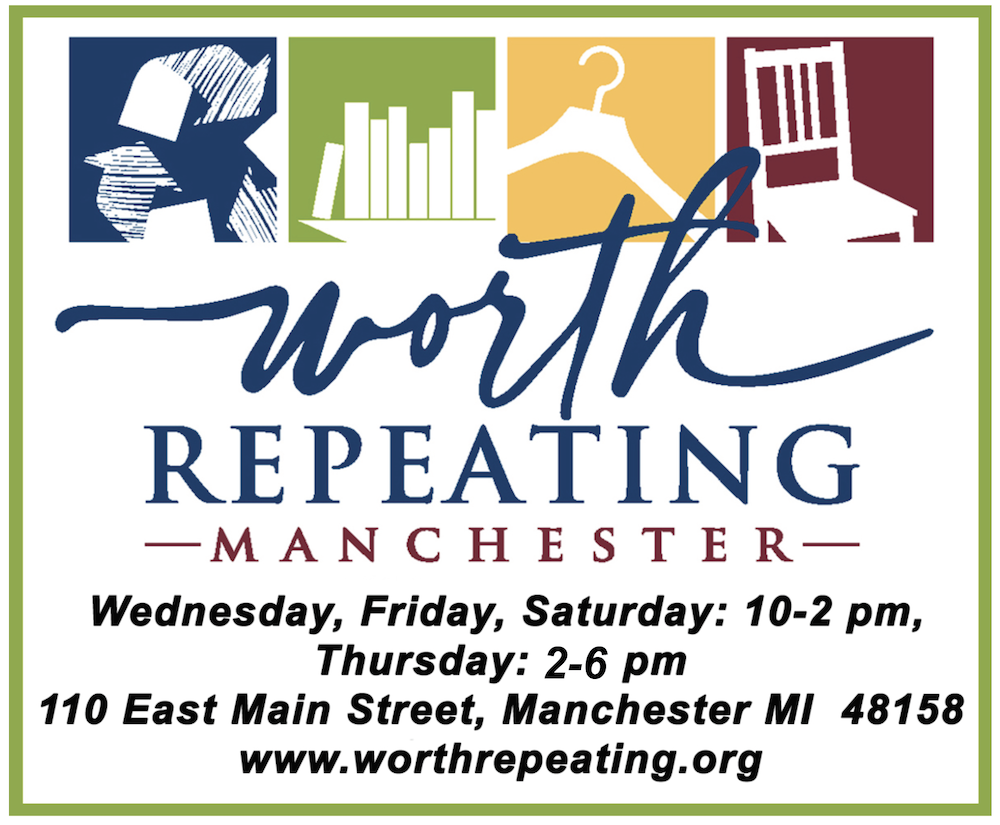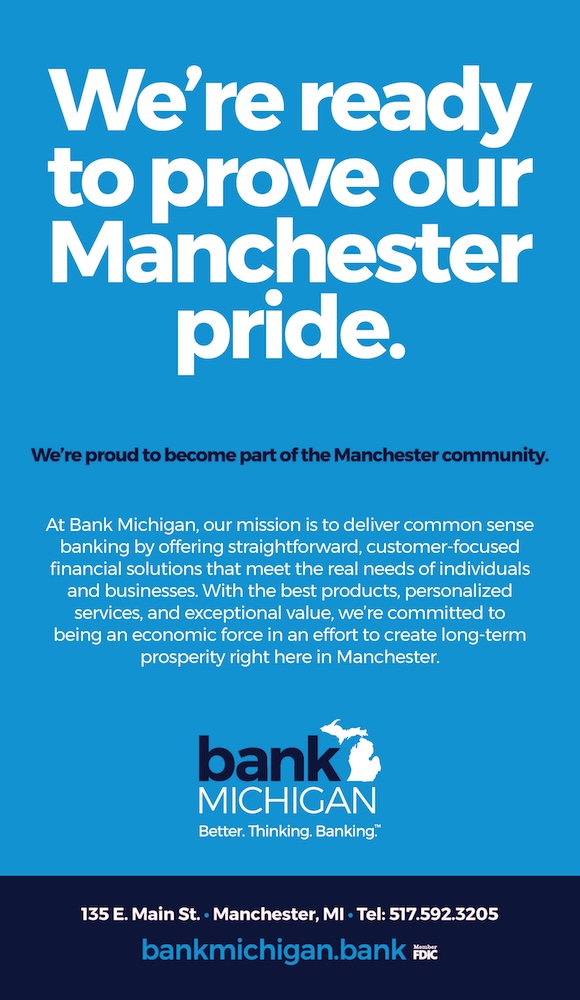Why support Locally Grown? Acorn has some great reasons
By Acorn Farmers’ Market & Café Board of Directors
Acorn Farmers’ Market & Café launched a crowdfunding campaign this week as part of the Michigan Economic Development Corporation’s Public Spaces, Community Places Program to raise funds for renovations and equipment needed to open the store 6 days per week.
A core component of Acorn Farmers’ Market & Café’s mission is centered around connecting shoppers to food that is grown and produced locally. How do we define local, and why is that part of our mission? Locally-grown food is fresher and more nutritious, supports farmers, preserves farmland and open space, and supports the local economy.
There has been a lot of research in recent years on the nutritional benefits of eating food grown closer to home. Our modern global food system is designed for maximum efficiency which has resulted in the product having traveled on average 1,500 miles from field to the table. Taking vegetables as an example, nutrients are lost starting back to what seeds are selected to grow. Companies select varieties to grow not based on flavor or nutrients, but on what yields the most and their ability to hold up well in transport.
Often, produce is harvested before peak ripeness which does not allow for nutrients to be fully available to the eater. Ethelene is used to continue ripening after harvest which does not result in the same flavor or nutrient content, although the produce might appear ripe. Anyone who has experienced eating a tomato harvested in Mexico in the middle of winter—with its anemic red color and lack of flavor—directly knows the difference between a local, seasonal fruit and one that has been on the road for a while. Produce harvested close by, harvested closer to the time eaten and in-season, will not only be better for you but will taste infinitely better.
Seventy-five percent of each dollar spent at Acorn will go back to the farmer or producer of that food. Acorn intentionally cuts out “the middleman,” retaining that value of each dollar for the producer. It is much more common in our food system that a farmer retains less than eight percent of each dollar (Dewey 2018). Where does the other ninety-plus percent go to? Most of each dollar goes to the processors, shippers, marketers, wholesalers, etc., that move the product through the system.
This payment structure has real-world impacts, incentivizing “get big or get out” and leading to consolidation of farmland ownership and less than one percent of our population working as farmers. You have to produce a lot more food at eight percent of each dollar to make a living than you do at 75 percent. Acorn seeks to support farmers in the Great Lakes region, with a priority on those closest to Manchester, by paying them at a rate typically achieved only through direct marketing (e.g. farmers markets) while also reducing their costs of having to travel to and staff a farmer’s market booth. Acorn’s model is farmer-centric.
How does Acorn support operations and why is Acorn not considered a “middleman”? Acorn’s staff and operations will be almost entirely supported through sales in the café along with the 25 percent consignment fee that is charged to the vendor or farmer. All coffee, baked goods, and sandwiches, made in-house and purchased at Acorn, will help to keep the doors open. This model has been proven effective by Argus Farm Stop and others like The Wild Ramp in Wooster, Ohio and increasingly across the country.
Each thriving farm business is also providing a service by preserving working lands and open space. Farmland faces increasing pressure to develop, especially in and around urban areas. These working lands provide ecosystem services in the form of water filtration, soil erosion reduction, habitat for wildlife, carbon sequestration (for reduced tillage systems), reducing air pollution, and much more. Here in Washtenaw County, we have become a national leader in going further to support farm viability and reduce urban sprawl through programs such as the Greenbelt Program, Agricultural Lands Preservation Committee (ALPAC), and many Township farmland preservation programs that help farmers to keep land for agricultural use in perpetuity. The key piece of this is to ensure that farms remain working lands so that they can continue to provide those services which supporting their families.
When 75 percent of that food dollar is retained in the local economy, those dollars are more likely to stay in that local economy. Local businesses that are stable and are growing are the largest employers and are responsible for the creation of two out of every three new jobs (Robinson 2010). Creation and retention of local jobs is just one way supporting local helps our local economy. The Local Works West Michigan Economic Analysis points to three additional economic ripple effects purchasing local creates: profits earned by local owners, purchases of local goods and services for resale or internal use, and contributions to local nonprofits (Robinson 2010). A farmer might purchase feed from the local feed mill or contract with a local company to get work done, hire seasonal work and pay taxes with those retained earnings.
Strangely enough, the pandemic has reminded us how important the health of our local food system is, especially when the global food chain is disrupted. The stability of this food system depends on the support of your food dollars. Spending even ten percent ($10 of every $100) of your grocery budget locally will have enormous ripple effects in your personal health, keeping farmers in business, preserving open space and fueling the local economy. In 2012, the Ten Percent Washtenaw Campaign estimated that if Washtenaw County residents spent just ten percent of their food dollars locally, that would result in $90 billion in new and direct economic activity for Washtenaw (Gjestland 2012). Just imagine what even a fraction of that investment might do for Manchester and our greater community!
Supporting local is not just a trend or a hashtag; spending our food dollars locally has the power to transform our health, land use and economic well-being.
To learn more and donate to the crowdfunding campaign visit: www.patronicity.com/acorn
References:
https://www.washingtonpost.com/news/wonk/wp/2018/05/02/why-farmers-only-get-7-8-
cents-of-every-dollar-americans-spend-on-food/
https://ced.msu.edu/upload/reports/why%20buy%20local.pdf
https://www.pressandguide.com/news/whats-next-local-food-movement-in-state-is-
growing/article_0a61b862-b398-50c8-aff9-92fbf116b0b2.html








You must be logged in to post a comment Login